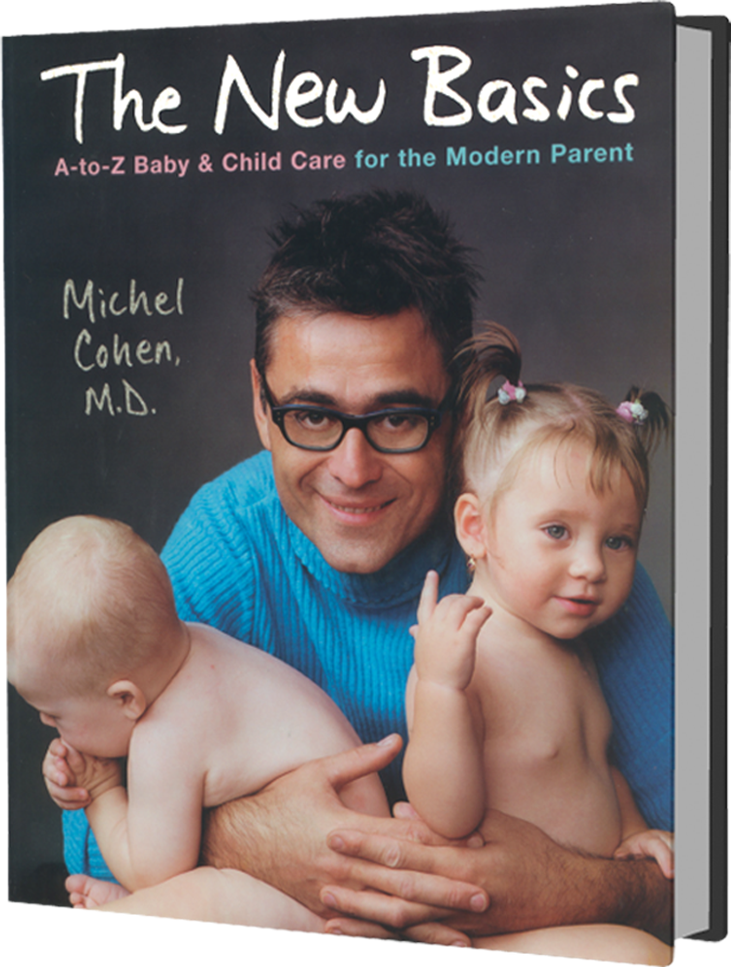
Stools
Warning: This chapter is not for the faint of heart. It contains foul language and graphic descriptions.
The First Few Days
The first stools are called meconium, which is the content of the fetal intestine. Meconium is a thick green substance that the baby passes during birth or shortly after. As Lucy feeds, she’ll start producing regular stools. The number of stools at this age can vary and does not give an accurate indication of how well she is feeding. In rare instances, even if a newborn is fed appropriately, you may not see any stools or meconium. If this lack persists over five days, and especially if there is projectile vomiting, the intestinal system could be blocked, which would require medical attention.
The First Few Months
Number
The number of stools varies with age. Initially, the average is one stool after each feeding; over the next few months, the frequency declines. However, variation is so common that these guidelines are largely useless. One infant could have no poops for ten days. Another could produce ten a day. To complicate things, formula-fed babies tend to produce fewer stools than breast-fed babies.
If you see no stools for many days, that does not necessarily indicate a large internal accumulation. Instead, Lucy may just be entirely absorbing the milk, thus producing little waste. As long as there is no belly distension and no vomiting, you don’t have to administer laxatives such as prune juice or water; this is not constipation [See: Constipation].
More than ten stools daily could mean diarrhea caused by a stomach virus or, more rarely, intestinal malabsorption. You should run these symptoms by your doctor.
- Watery and even explosive stools are good because they flow smoothly and painlessly. They are often merely the result of undigested excess milk that comes out the other end almost unaffected by its time in the intestine.
- Greenish stools are good, even if they are usually also the result of slight overfeeding (a little too much food is better than not enough). These also represent extra milk that has emerged essentially undigested.
- Poops that are yellow and seedy (featuring small particles that resemble sesame seeds) are good; they fit the textbook description of breast-feeding stools.
- Brown and soft stools are good; they represent a normal variant of breast-milk stools or, more likely, a formula by-product.
- The one case that’s not so good and requires attention is when a baby’s stool resembles an adult stool: brown and hard. This could be a reaction to extra iron in the formula or, in rare cases, a baby’s predisposition to constipation [See: Constipation]. If you’re using a formula reinforced with iron, try one without it, since that mineral is not absolutely necessary in formula.
Got all that? Good. Now be prepared to see, at any moment, without any warning, changes in the color, consistency, and frequency of Lucy’s poops, as her dietary habits and digestive system evolve.
After Solid Foods Are Introduced
The introduction of solid food firms up the stool’s consistency, especially if Lucy starts getting too much starch (such as cereals or potato). The number of poops will also decrease steadily.
In Toddlers
At this age, stools become more regular, averaging one to two each day. Constipation can crop up, especially in the pasta eaters. Alternatively, more frequent bowel movements could mean Jimmy is consuming too much juice or fruit, which have a laxative effect and can give him the runs.




 MEDICATION DOSAGE
MEDICATION DOSAGE

